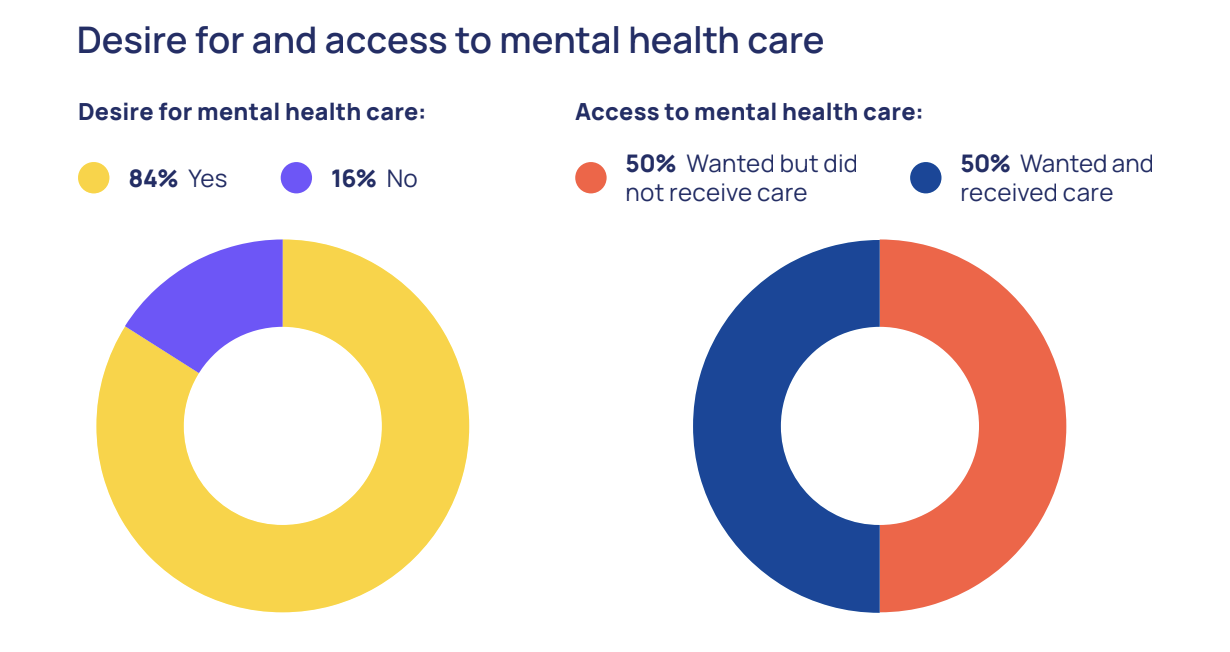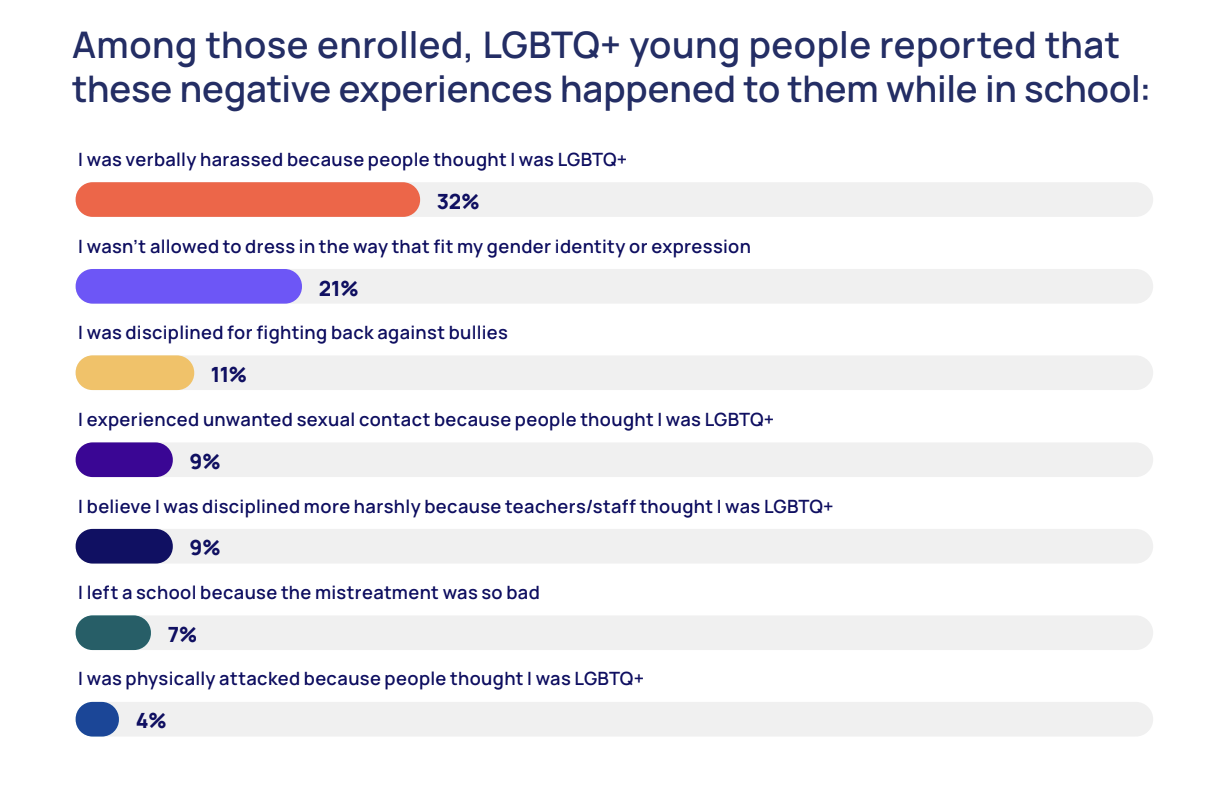During this summer, a team of students from MIT embarked on a journey to the sou …
40% of LGBTQ Youth Contemplated Suicide in the Past Year, 30% Bullied at School
Carlos Changemaker

40% of LGBTQ youth have considered suicide in the past year, with 12% attempting it, according to the new mental health survey by The Trevor Project.
Almost 25% of respondents mentioned experiencing physical harm or threats in the previous year. Those who faced physical attacks or threats were three times more likely to attempt suicide.
One-third of those surveyed faced victimization in school due to their perceived sexual orientation or gender identity. Out of those, one-fifth were not allowed to wear clothes that match their gender, and 11% were punished for standing up against bullies. 7% even left school due to being mistreated.
“Our country is struggling with a mental health crisis among youth, especially LGBTQ youth,” stated Ronita Nath, Trevor’s vice president of research.
Suicide rates among transgender and nonbinary youth surpass those of their cisgender peers.
Over 80% expressed the desire for mental health care, yet half were unable to access it. Additionally, 40% expressed fear of discussing their issues with someone. Cost and transportation stood as prominent barriers, Nath mentioned. The reluctance to seek help from parents or caregivers was also evident.
90% acknowledged that the political climate has negatively affected their well-being, with 45% considering moving to another state due to LGBTQ-related policies or politics.
Nath emphasized, “It’s crucial to understand this within a political framework this year.”
As per Trevor’s data, 540 anti-LGBTQ bills have been taken into consideration by lawmakers across the nation in 2024. Nath expects the political scenario to continue causing anxiety and depression among queer youth in the lead-up to the presidential election.
2 out of 3 LGBTQ youth reported recent symptoms of anxiety, with the rate rising to 71% for gender-nonconforming individuals. Additionally, over half suffered from depression.
In line with prior surveys, more support was found at school compared to home, work, church, or community. 52% of respondents felt affirmed at school, while only 40% stated they felt supported at home, with transgender and nonbinary youth slightly more oriented towards school-affirming environments.
Safe-school provisions include clubs like gay-straight alliances (GSAs), anti-bullying policies with zero-tolerance, as well as the freedom to wear preferred clothing and use desired pronouns.
9% of students who could use gender-neutral restrooms at schools have attempted suicide, compared to 15% who couldn’t. Those who found their schools supportive were 4% less likely to have attempted suicide, standing at 10% versus 14%.
“It’s imperative for schools to implement protective policies,” Nath emphasized.
The annual survey, the organization’s sixth, targeted 18,000 LGBTQ people aged 13 to 24 last autumn. Reports indicated that gender-nonconforming youth faced more negative encounters than cisgender gays, lesbians, bisexuals, and young individuals of color more than their white counterparts.

Regarding supportive gestures from people in their lives, nearly 90% expressed the desire to be trusted to understand their identity, while 81% wished for advocacy from others.
Within transgender and nonbinary youth, 13% are undergoing gender-affirming hormone therapy, whereas only 2% are on puberty blockers. Two-thirds of hormone therapy recipients are worried about losing access to care.

“Higher rates of suicidality are evident across the board when examining these factors,” noted Nath. “LGBTQ youth face challenges that their cisgender, heterosexual peers do not.”


